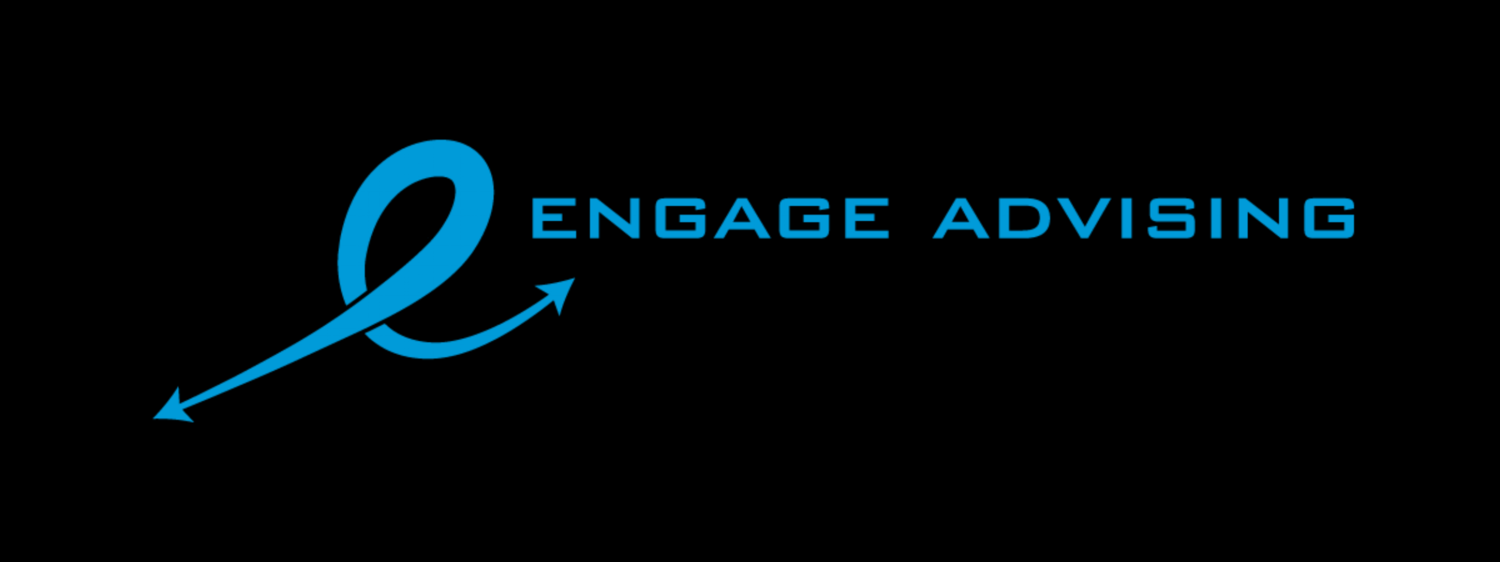It looks like a lot of you have left something behind. What is it? MONEY!! According to Money.com, Americans have left a whopping $1.35 trillion behind in old 401(k) plans with an average balance of $55,000. Unbelievable... that's a lot of money. It can also be a problem when you hit your RMD years and think you have calculated your RMD correctly.
Say for example you left behind a 401(k) with a previous employer that you left when you were in your twenties or thirties and never got around to rolling over. Now, you are retired and calculating your RMD based on your current 401(k) plan (or IRA if you rolled it over) you had with your most recent employer during your main career. Well, that old 401(k) has had twenty or thirty years to grow and may be a fairly large amount. Regardless, if there is an old account out there it’s enough to cause a miscalculation of your RMD.
Let’s say you calculate your RMD based on the account you have, but you obviously do not include and calculate an RMD for the account you forgot about. This can lead to a penalty. If you do not correctly calculate and take your RMD, any shortfall not taken is subject to a 50% penalty (in addition to any tax you may owe). That's a pretty steep penalty!
If you may have an old account out there, what should you do? Well, try to identify and find it as soon as you can. The best way to avoid a potential penalty is to make sure you have rolled over your old 401(k) and consolidated your accounts with one provider. It's easier to manage your money and reduces RMD miscalculations if your accounts are all in one location. Here are a few tips to help you find old accounts.
It may seem obvious, but look for old statements. Old statements will contain a lot of information for you such as balance at that time, account number, and most likely, account administrator. It will most likely also have contact information to get you started. I say get you started because it may be a bit of a mystery as to where that account is now and who is administering it.
Check with your old employer. Again, your old employer may have been sold, acquired, or merged and may no longer be the name it was at the time you worked for the company. Human resources should be able to help point you in the right direction. You might even contact former employees you worked with and ask if they have a lead on who is the current plan administrator.
You can also check the National Registry at unclaimedretirementbenefits.com and start a search with them. If your former employer listed you as a missing participant, you should show up in the registry.
Another option is to use the US Department of Labor's Abandoned Plan Database, Ask EBSA, to see if your prior plan has been terminated. If it has, it should show you the name of the Qualified Termination Administrator. Once you know this, you can contact the Administrator about your account. You need to know your plan name and employer name to make this search easier.
You can also try the National Association of Unclaimed Property Administrators at unclaimed.org. NAUPA is a network of the National Association of State Treasurers. They claim to be the leading authority in unclaimed property.
If you know for sure you have an old 401(k) plan, IRA, or other qualified plan out there, it is worth the sleuthing to find it. After all, it's your money! If you want to start looking for your old plan, or haven’t done any financial planning, click here to start. Hiring a financial planner, especially a CFP®, is a crucial step to financial health and wealth building. Let me help you take that step. As an independent Certified Financial Planner™, I can help you establish and maintain better financial habits. Contact me and let’s get started!
#talktometuesday #education #Hireaplanner #401k #401(k) #financialsavvy #stressfree #moneyeducation #financialeducation #CFPPro #retirement #freemoney #mymoney


